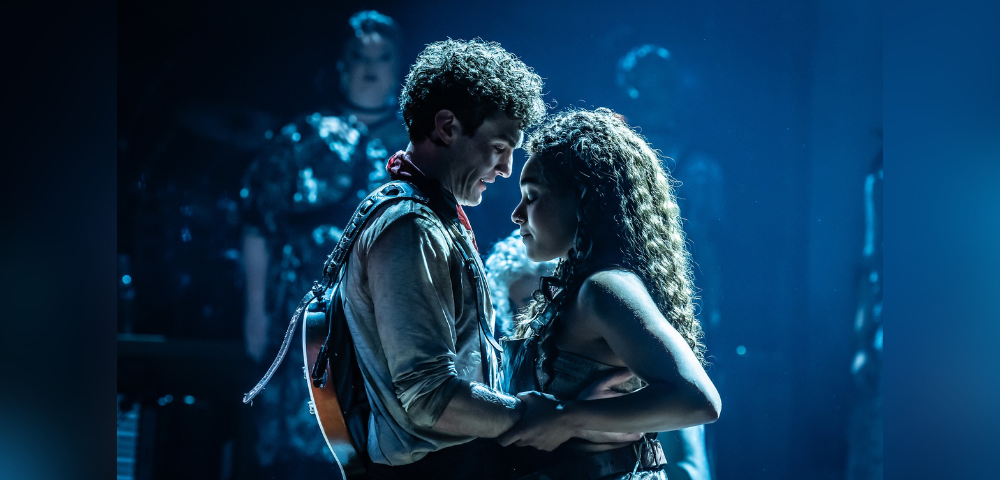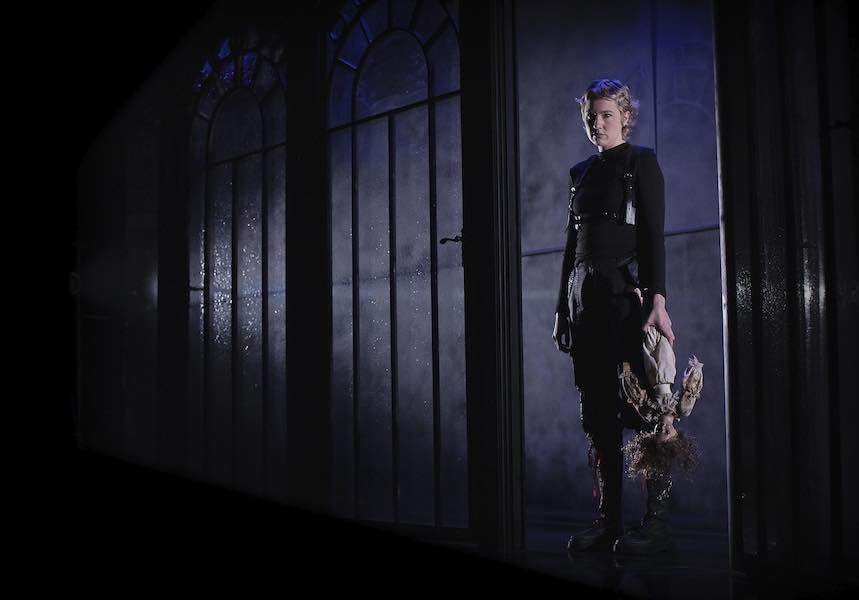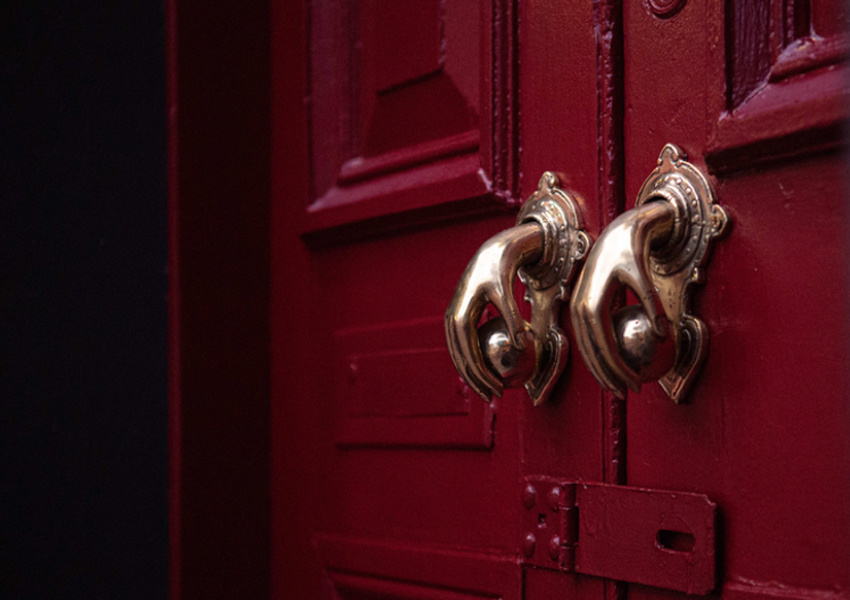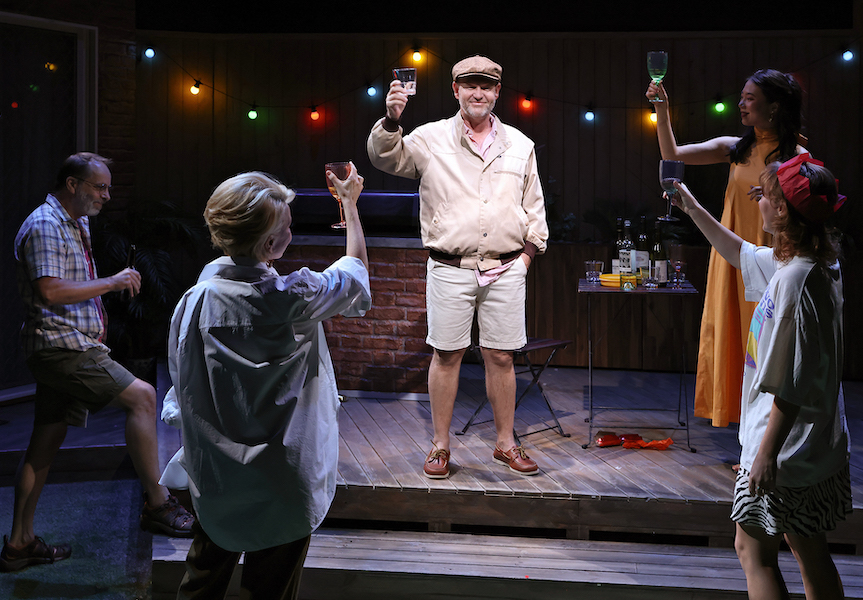
RETURN TO SENDER
Return to Sender reveals those formative creative relationships that take place on foreign soils, yet crucially influence the new dance pieces we see today on Australian stages. Via eight short dance pieces by the likes of Alison Currie, Jane McKernan, Matthew Day and Atlanta Eke, curators Jeff Khan and Paul Gazzola open up a vibrant dialogue of give and take, and give again. Khan tells us more.
You mention isolation in regards to Australian performance … Strangely, I think often the isolation, and the lack of nearby points of comparison, makes Australian artists push themselves especially hard, and the work here is often of an incredibly high standard. But there’s a paranoia that still persists about all of the moments of real innovation and excitement being somewhere else. That’s why I think residencies and overseas travel seem like such an important rite of passage for us.
How did you go about curating the works? Paul Gazzola, my co-curator, and I wanted to select a range of Australian artists who had deep and important ties with international artists, that had had a really significant impact on their own practice to date. We also wanted to represent a range of cultural influences, as sometimes the mainstream dance world in Australia can become quite bogged down with a fixation on Europe and North America as the sole centres for excellence.
Would an audience member benefit from knowing the original? In a way, this is the problem we’re grappling with in Return to Sender – that these international works have such a big impact on the artist, but often remain entirely out of view of their audiences. So in reconstructing them, it’s kind of a way of showing these works that will probably never be seen here, but through the Australian artist’s eyes. So I do believe they stand alone, although it would certainly be an interesting exercise to see the two versions side-by-side.
Could this eventually work as a loop? We’d love to explore the different possibilities for reciprocal exchange and artistic collaboration that this model suggests. There’s been talk of setting up avenues of exchange beyond the usual formalised residency or tour. Looking at the different ways that Australian and international artists forge and maintain lasting ties with their international peers without the ongoing financial or logistical support of funding bodies or institutions.
What other visual or spoken elements will we see? Throughout the night you might see a live collaboration being performed over Skype; a dialogue performed by proxy performers; shamanistic trance dance from Japan and Malaysia; a solo reconstructed entirely from memory; a minimal self-portrait; and some astonishingly energetic choreography. It should be a wild ride…
Nov 23-26, Bay 20, CarriageWorks, 245 Wilson St, Eveleigh, $15-30, performancespace.com.au









